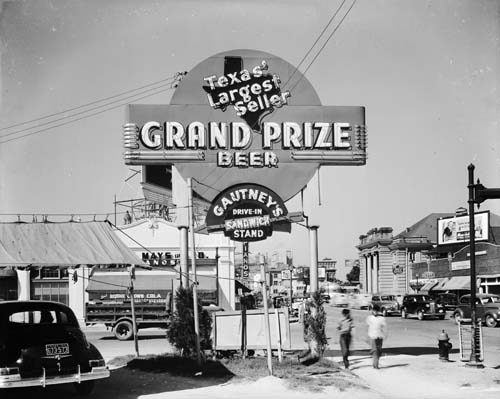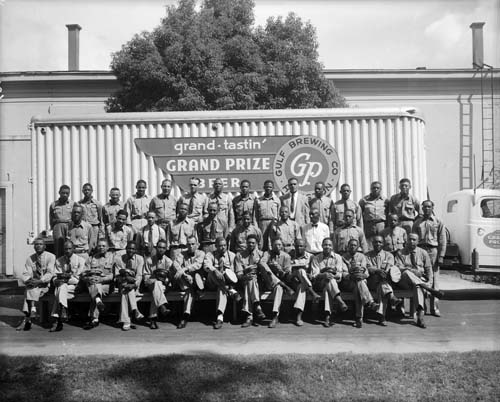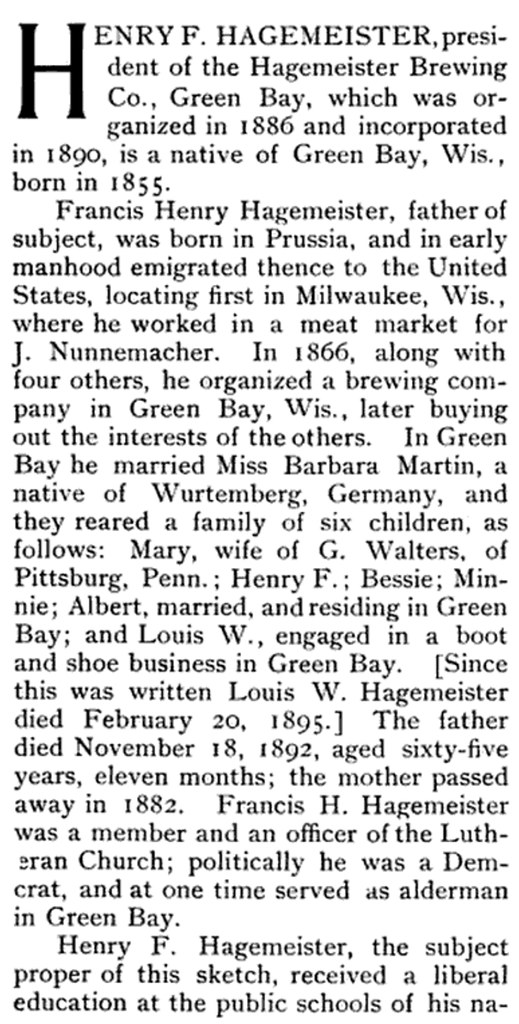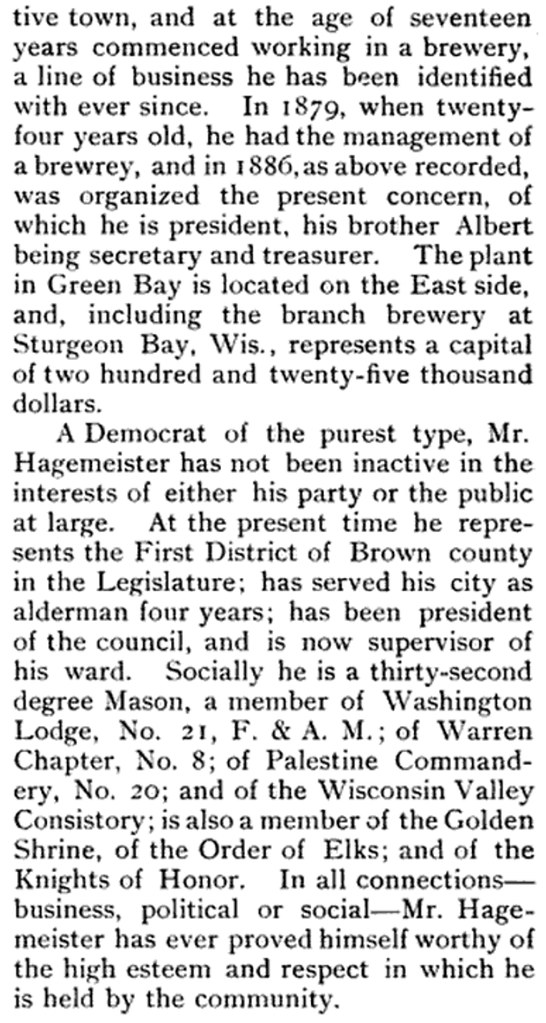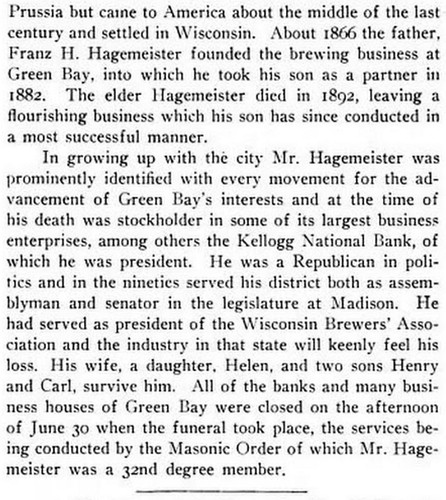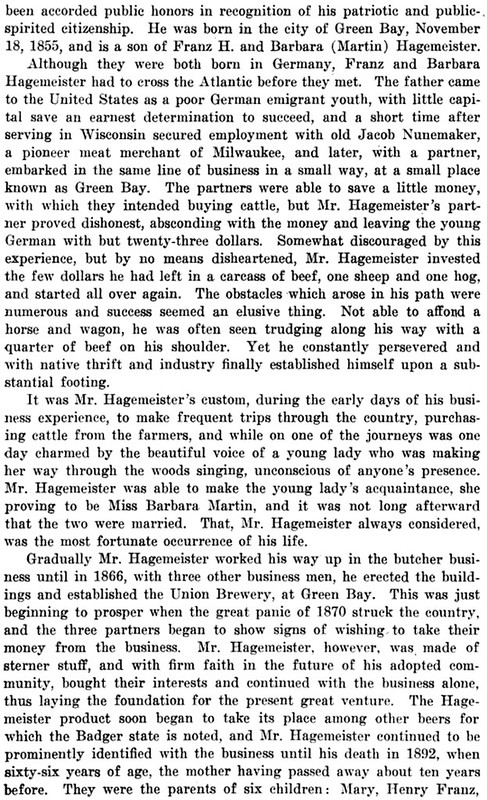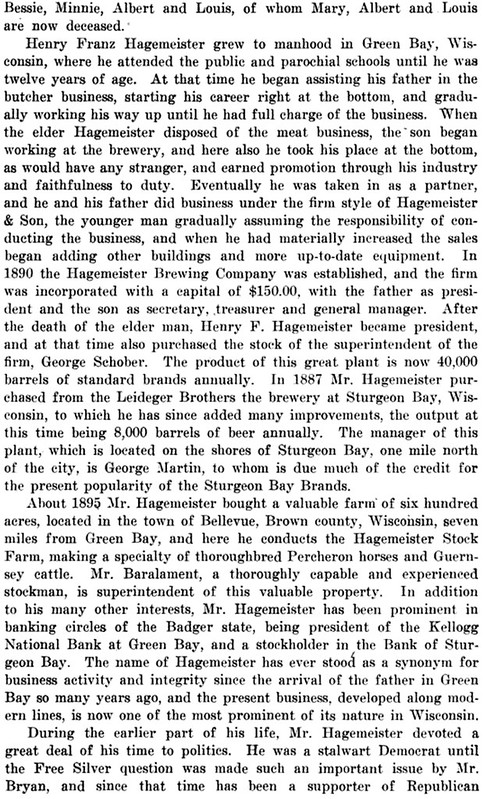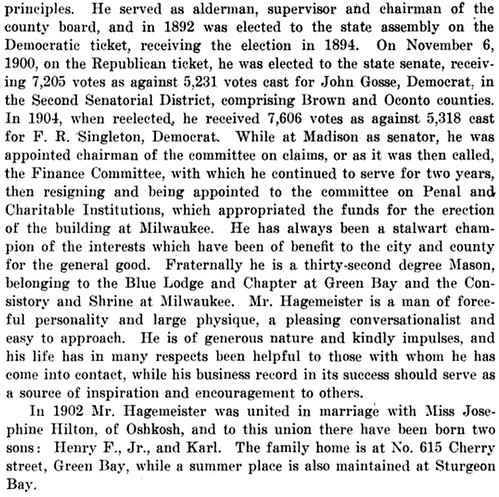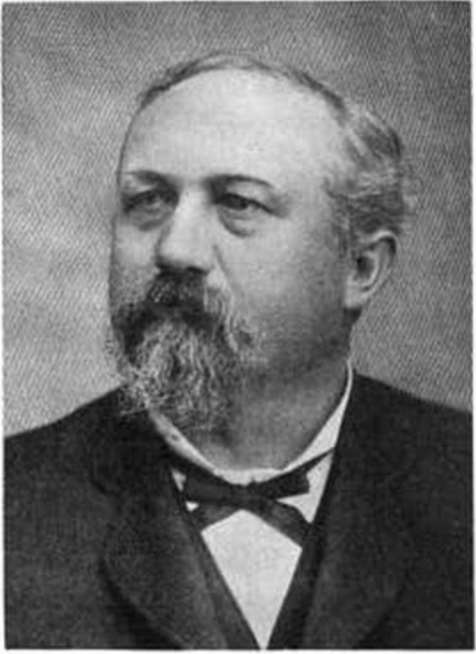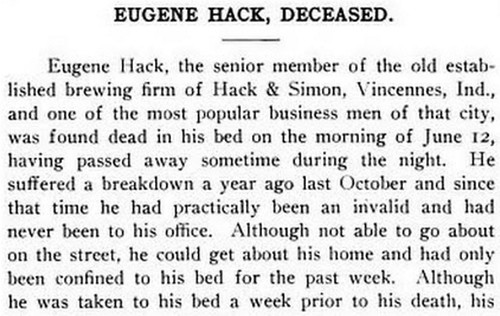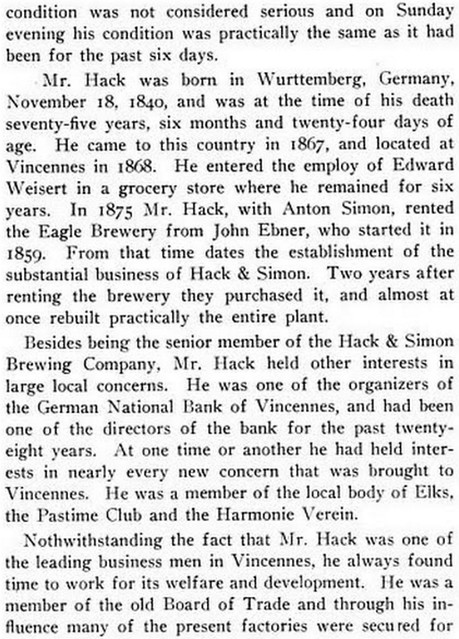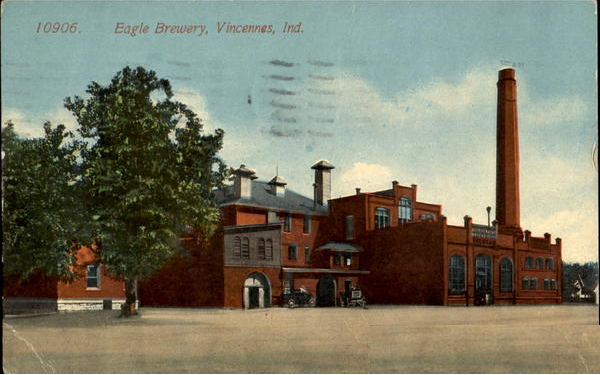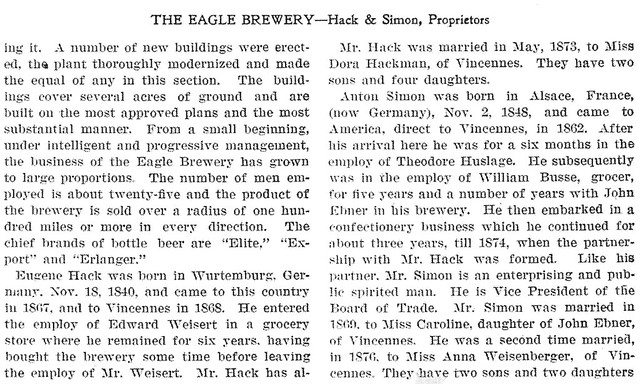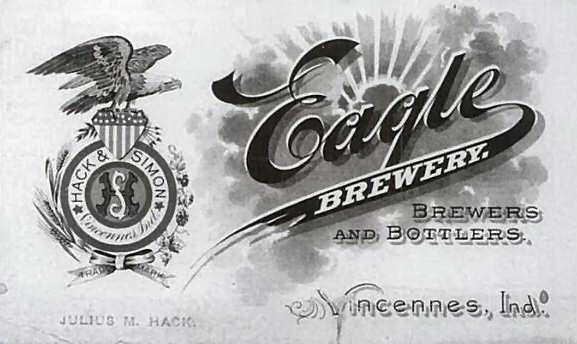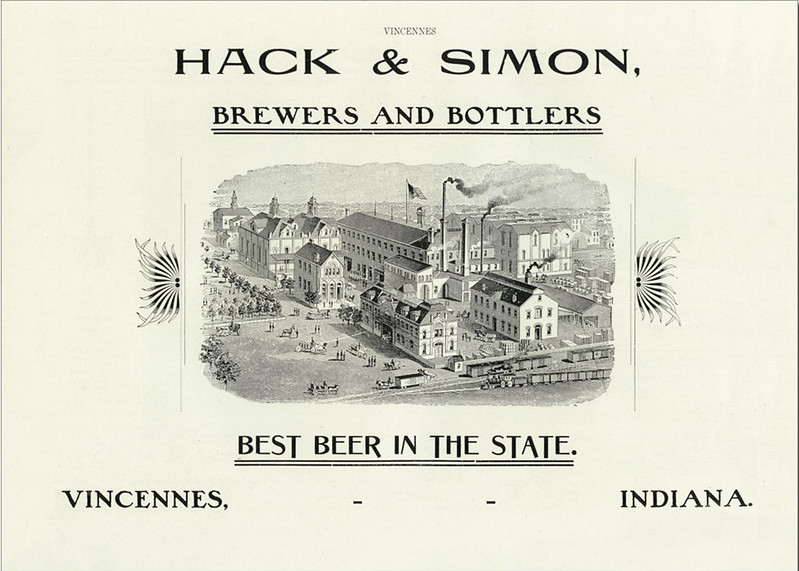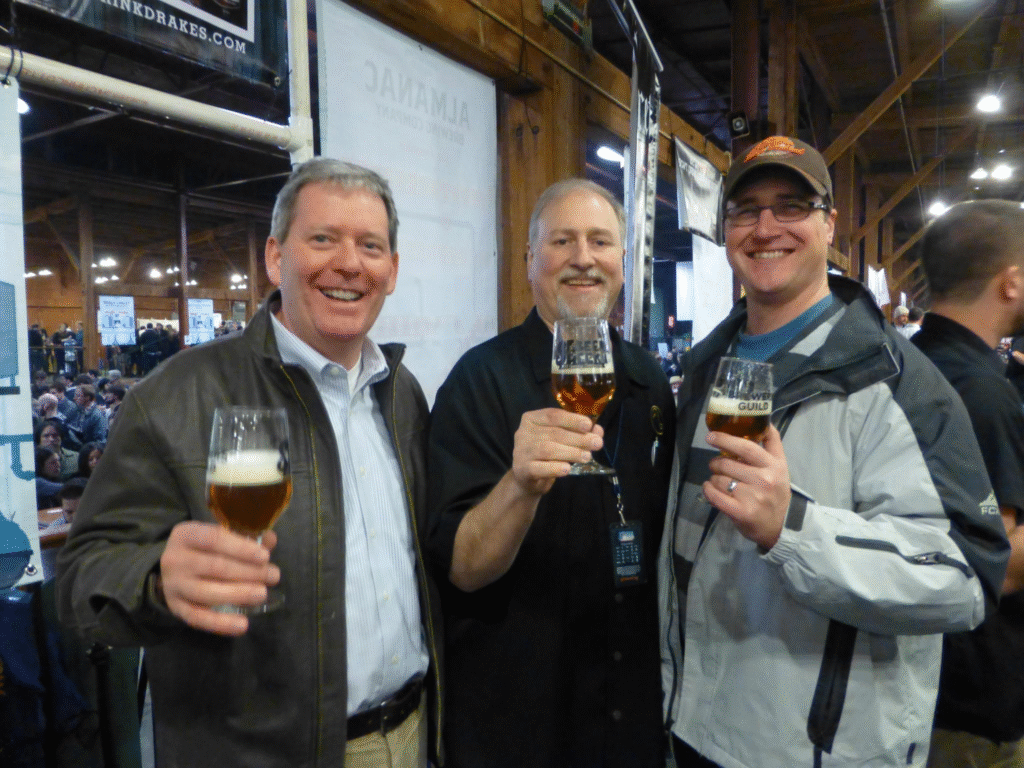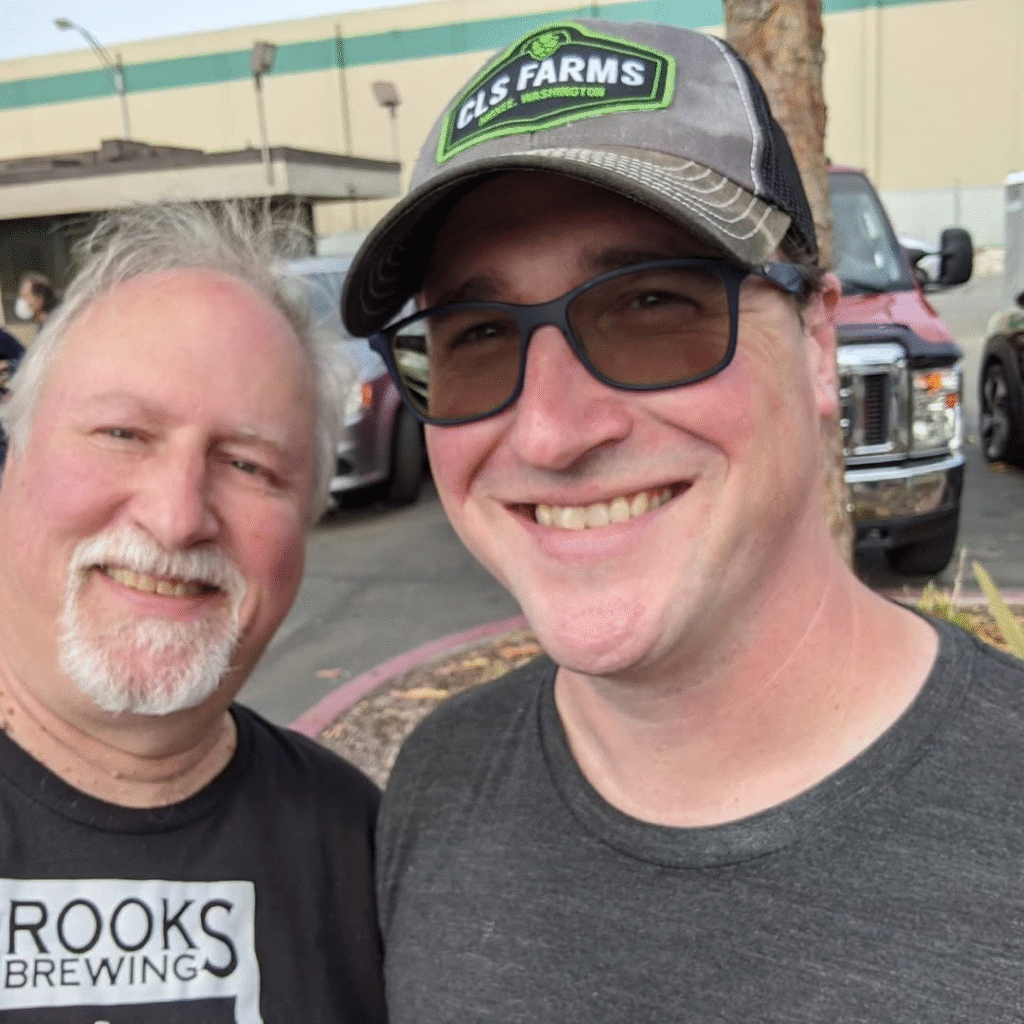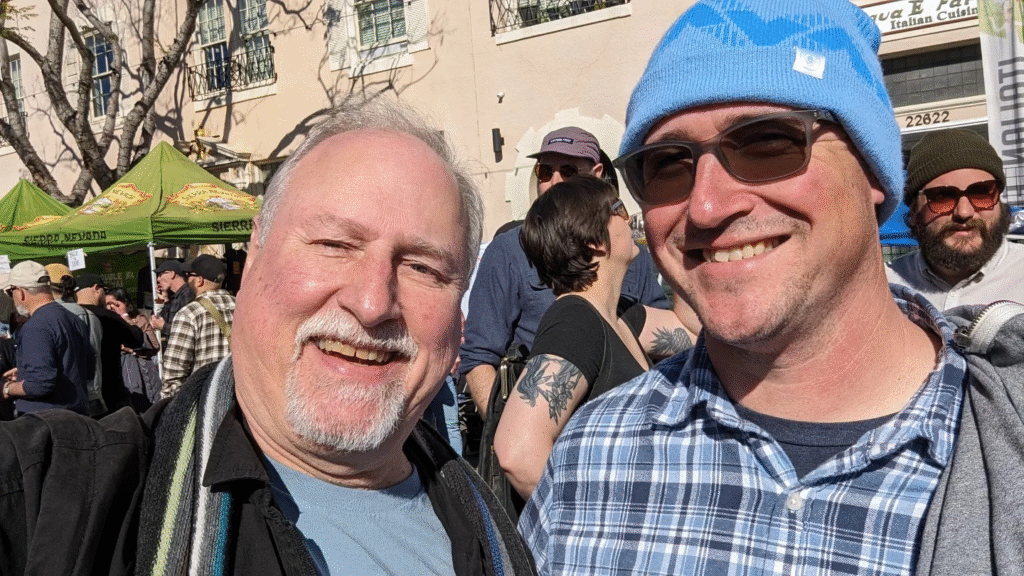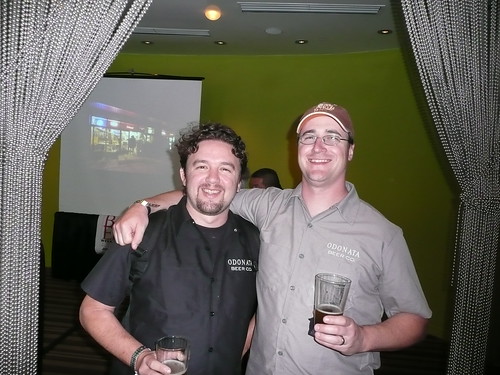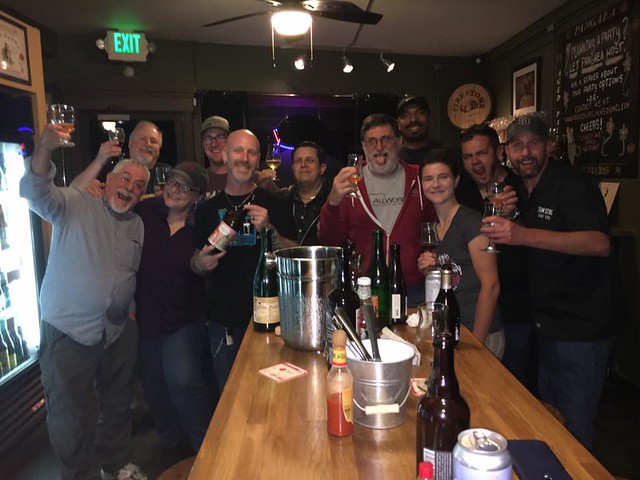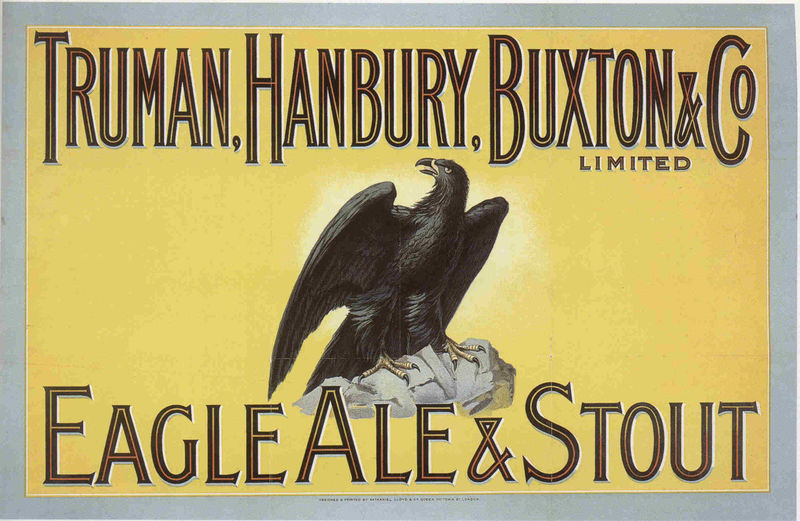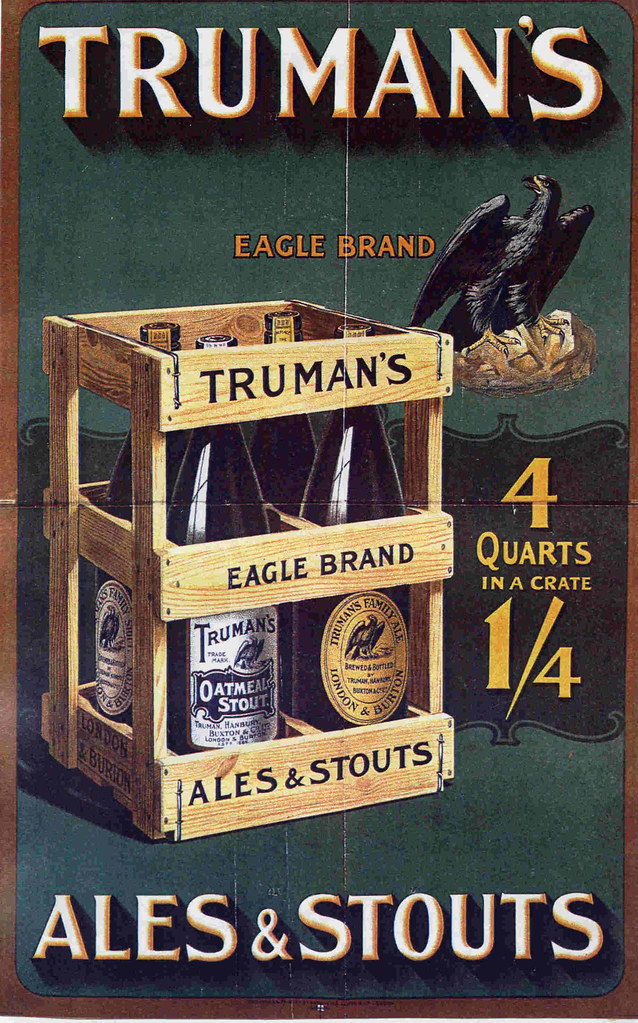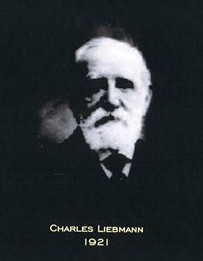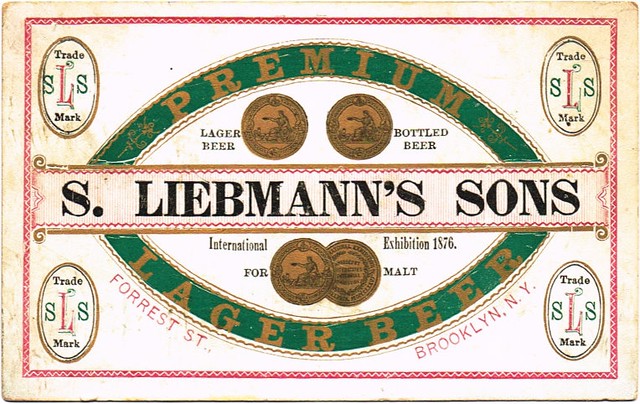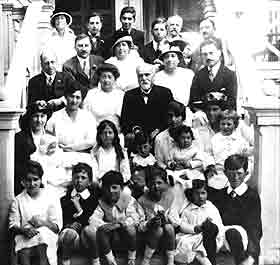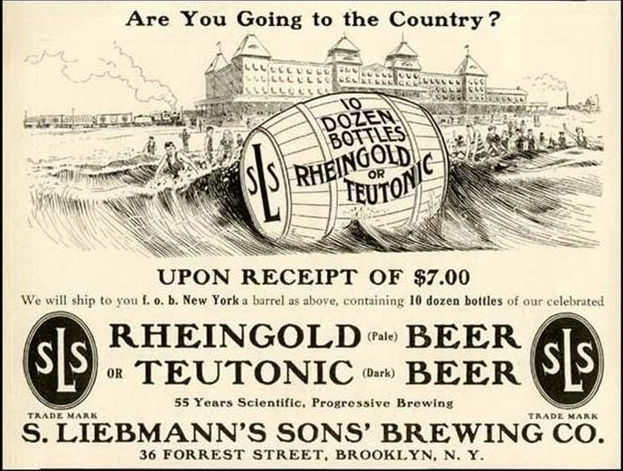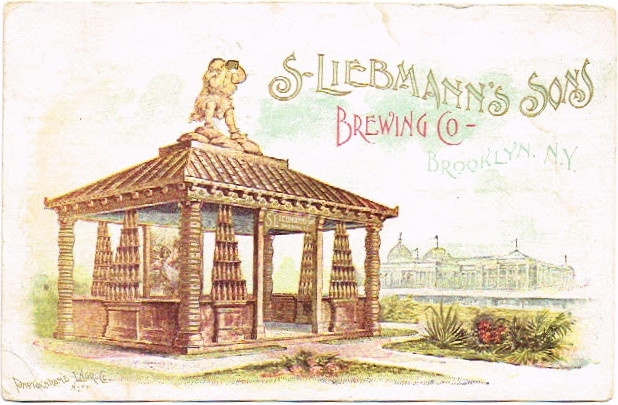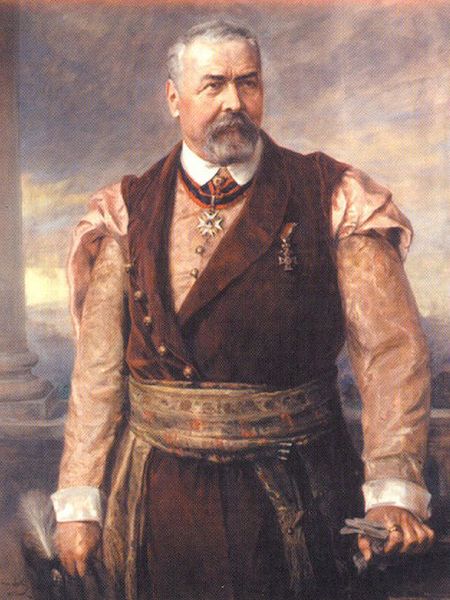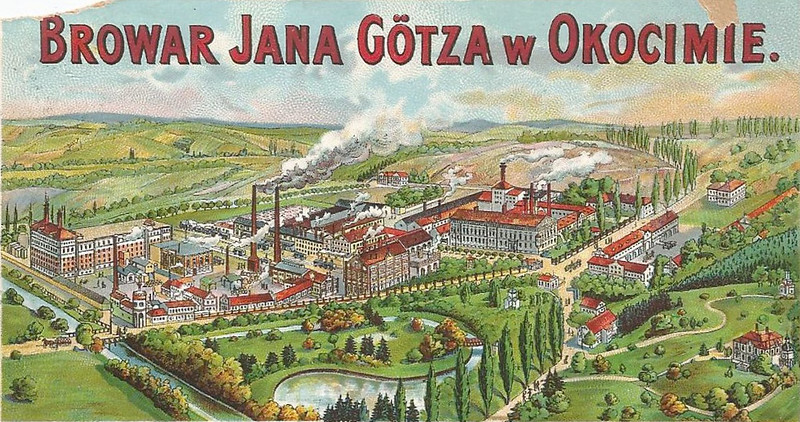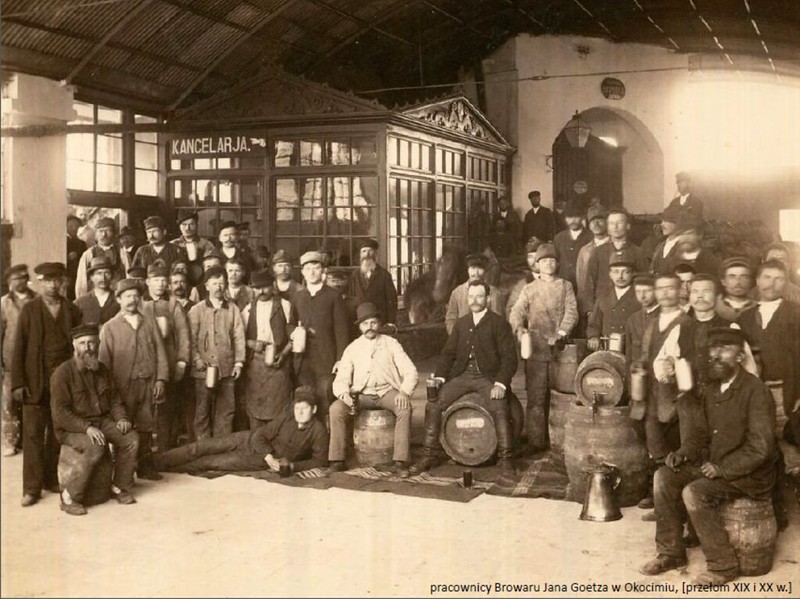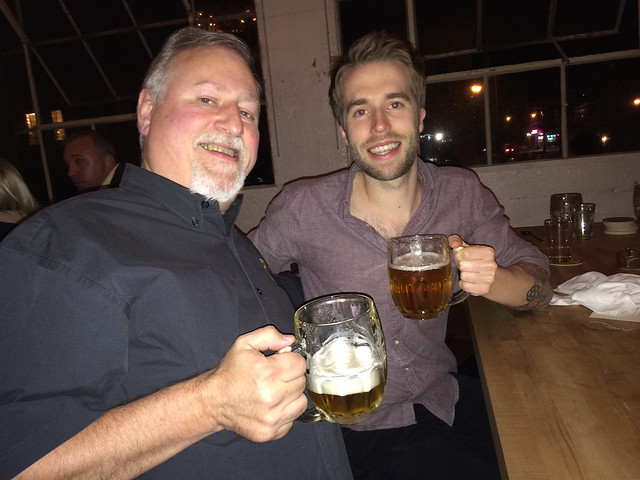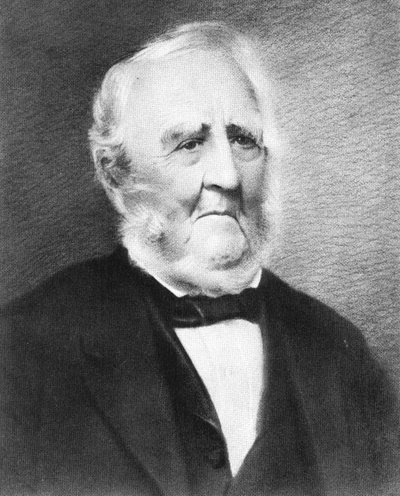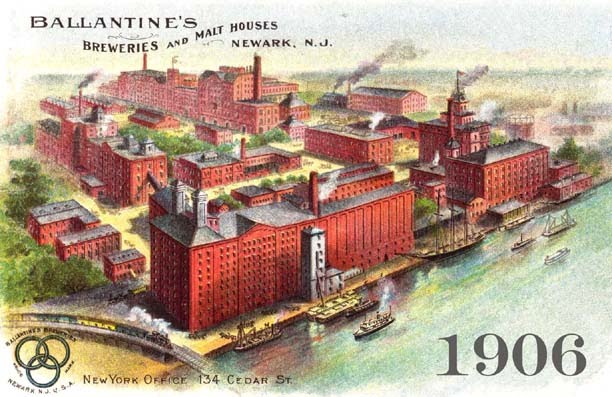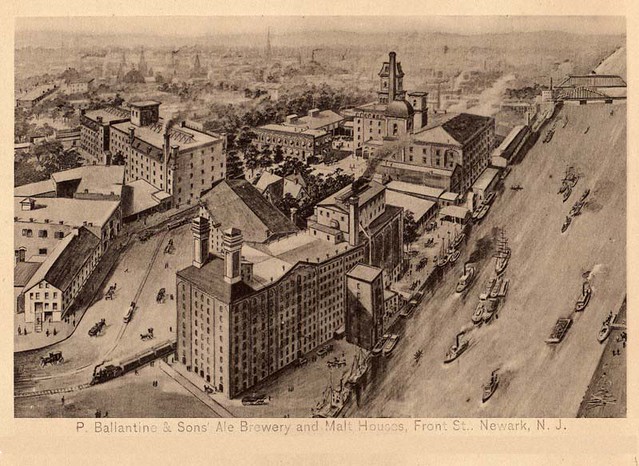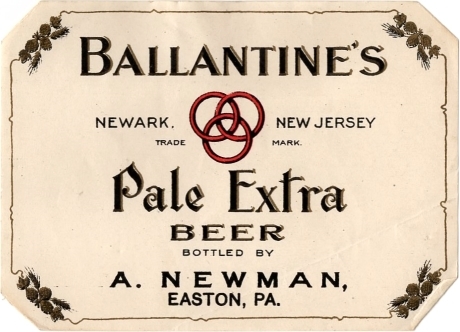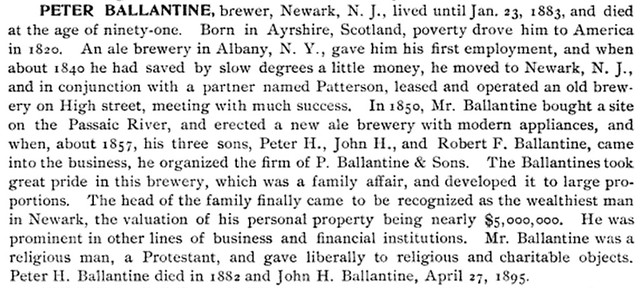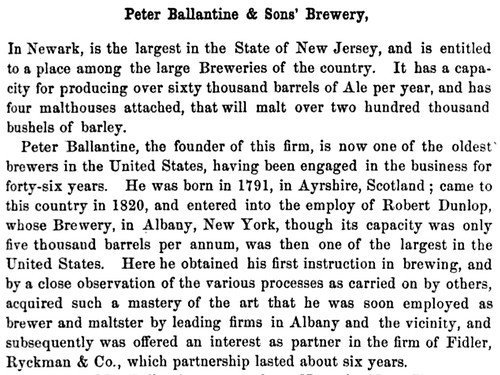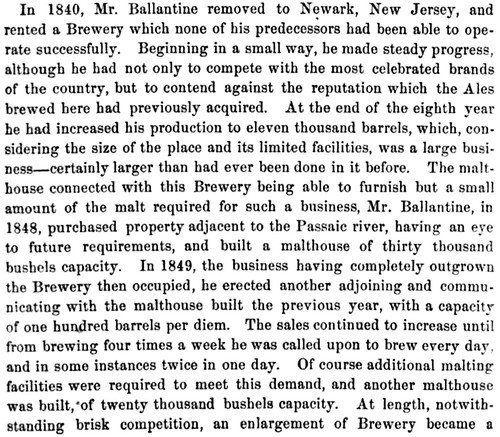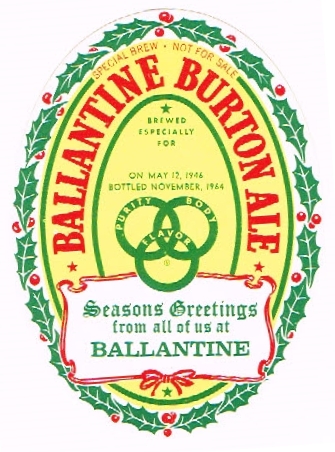
Today is the birthday of Frantz Philip “Frank” Brogniez (November 19, 1898-February 20, 1968). He was the son of Frantz Brogniez, a Belgian brewery who founded several breweries in the United States, ending up in Houston, Texas working for Howard Hughes’ Gulf Brewing Company.
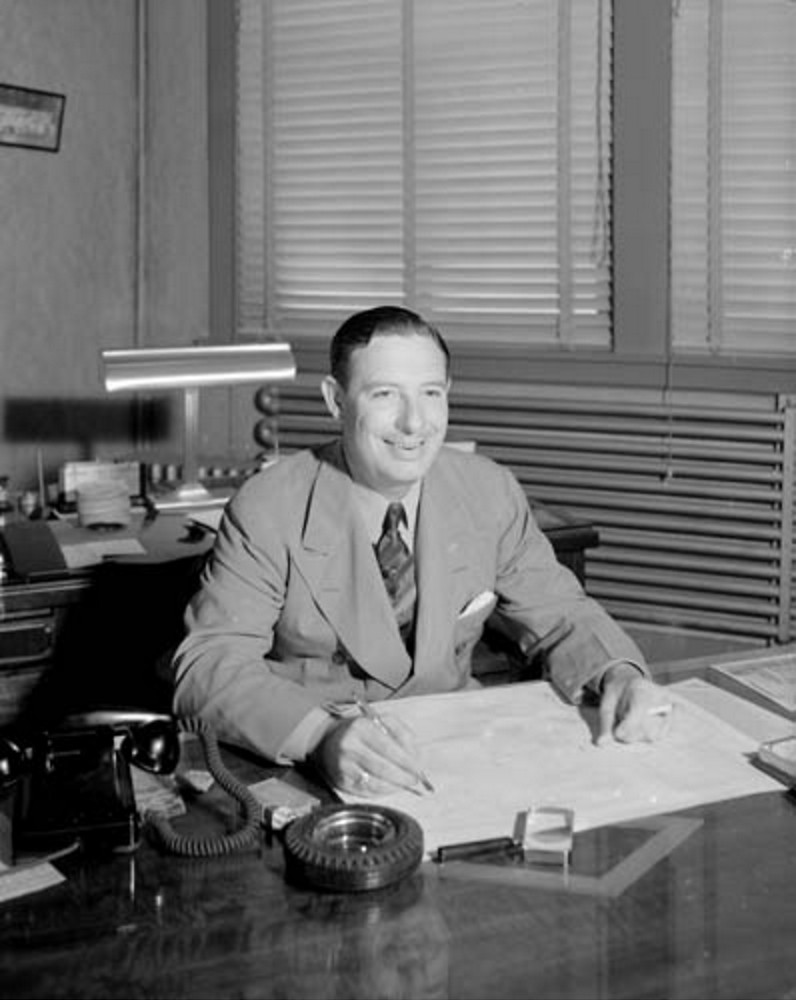 Frank Brogniez in his office in 1941.
Frank Brogniez in his office in 1941.
Frantz’s son Frank was also trained as a brewer and worked there with his father. He took over as brewmaster for Gulf Brewing when his father passed away in 1935.
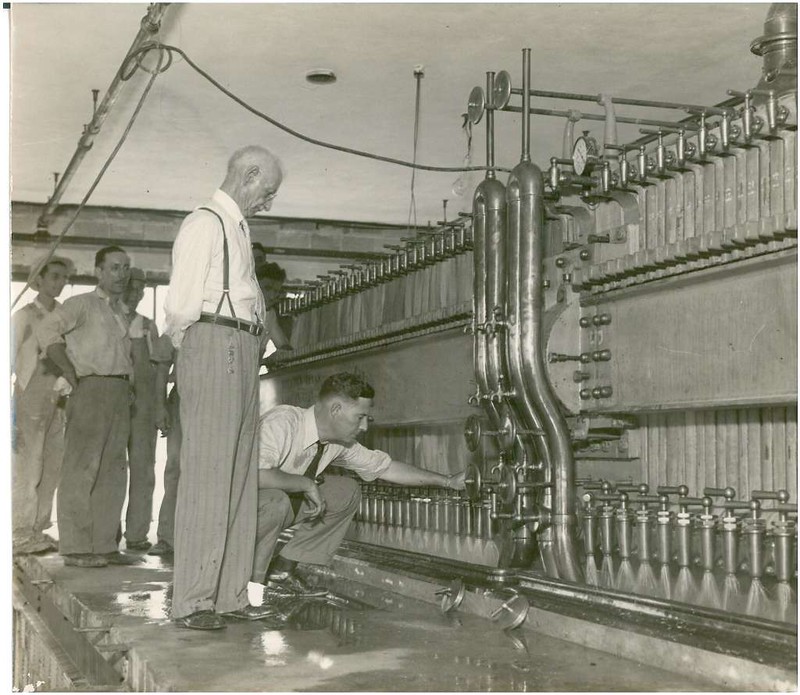 Frantz and his son Frank examining the brewery.
Frantz and his son Frank examining the brewery.
Here’s some more about the Gulf Brewing Co., founded by Howard Hughes, also from Houston Past:
Howard Hughes’ connection with the Houston-based Hughes Tool Company is fairly well-known. It is less well-known that Hughes started a brewery in Houston, on the grounds of the Hughes Tool Company, called Gulf Brewing Company. Hughes opened the brewery at the end of Prohibition, and its profits helped the tool company survive the Depression.
Gulf Brewing Company produced Grand Prize beer, which for a time was the best-selling beer in Texas. It has been reported that a beer called Grand Prize beer was also produced prior to Prohibition, by the Houston Ice and Brewing Company. While that may be accurate, any confusion is likely connected to the fact that Hughes’ Grand Prize brewery was operated by the man who served as brewmaster at Houston Ice and Brewing before Prohibition. In 1913, while he was brewmaster at the Houston Ice and Brewing Company, Belgian-Houstonian Frantz Brogniez was awarded Grand Prize at the last International Conference of Breweries for his Southern Select beer – beating out 4,096 competing brewers. Brogniez left Houston during Prohibition, but Hughes convinced him to return to serve as brewmaster for the Gulf Brewing Company. Brogniez’ son operated the brewery after his father’s death.
